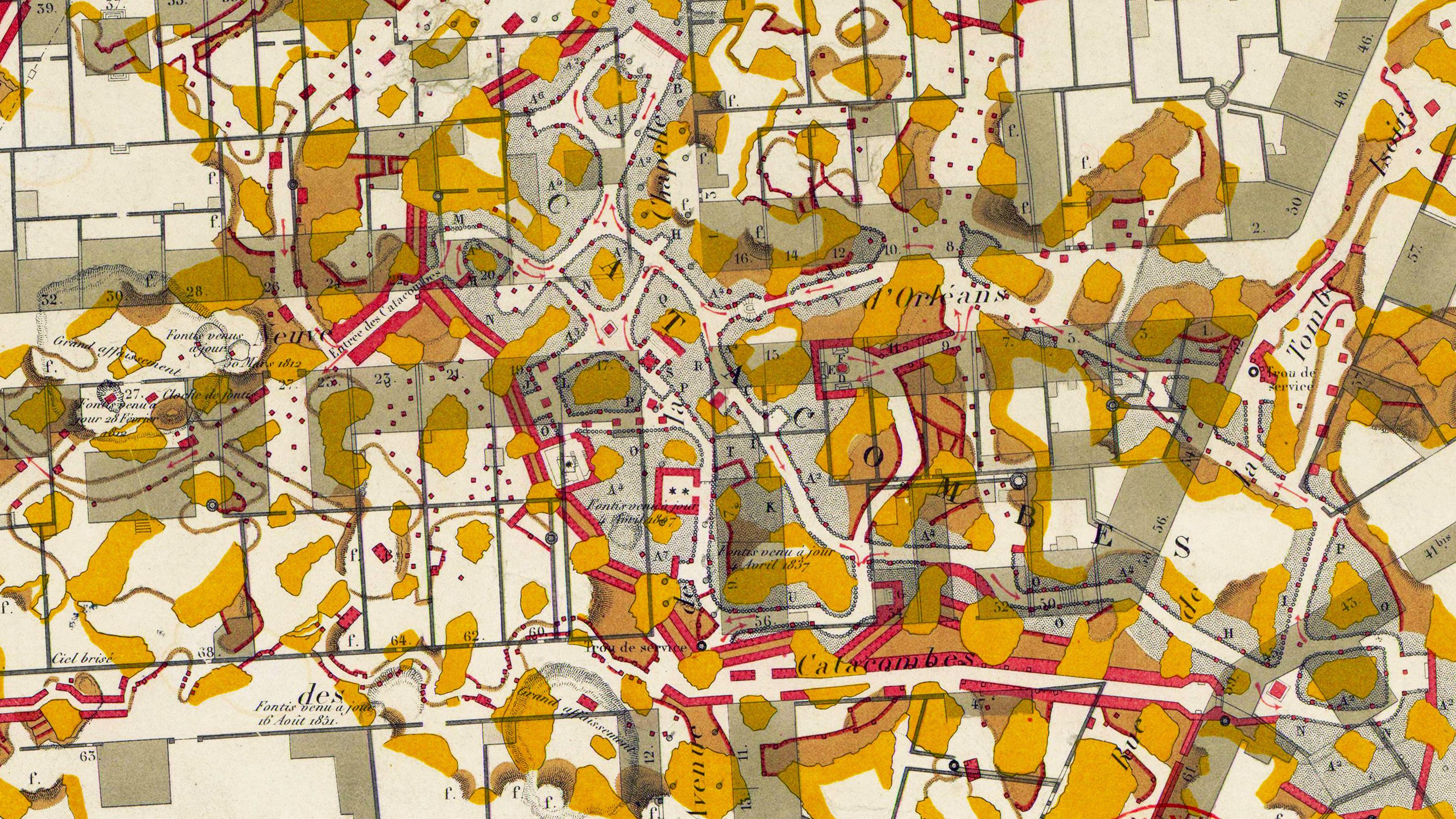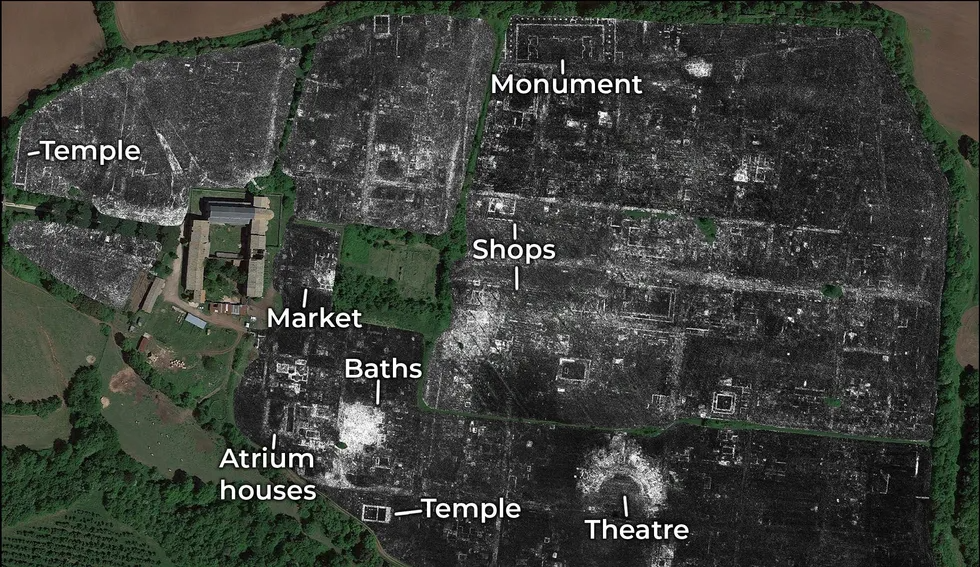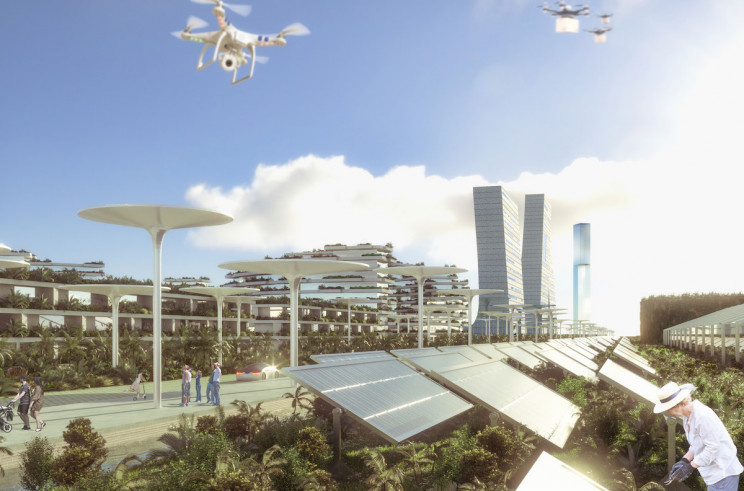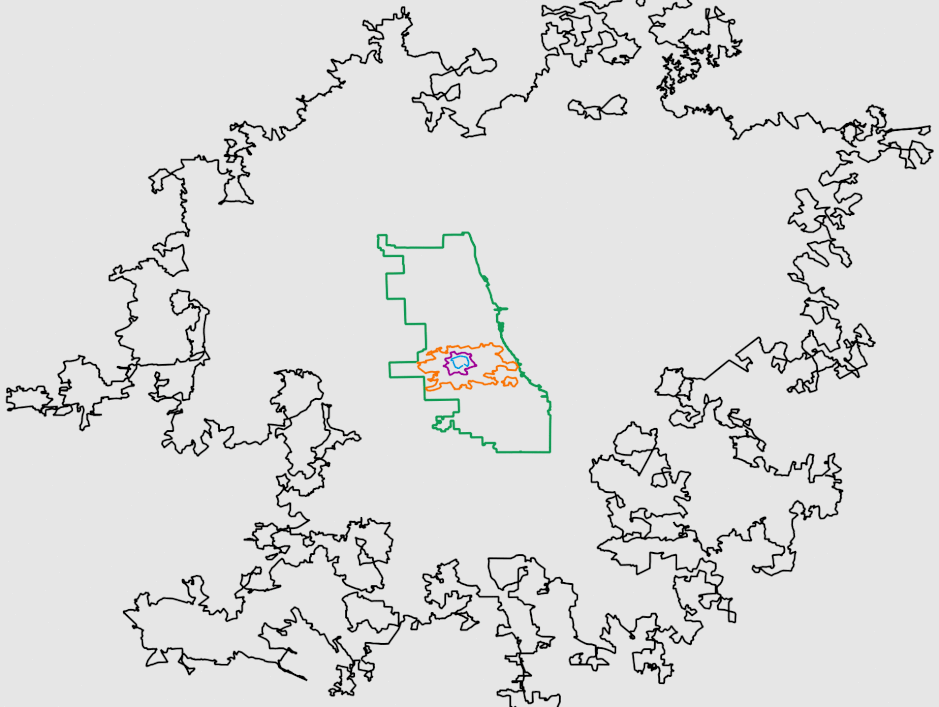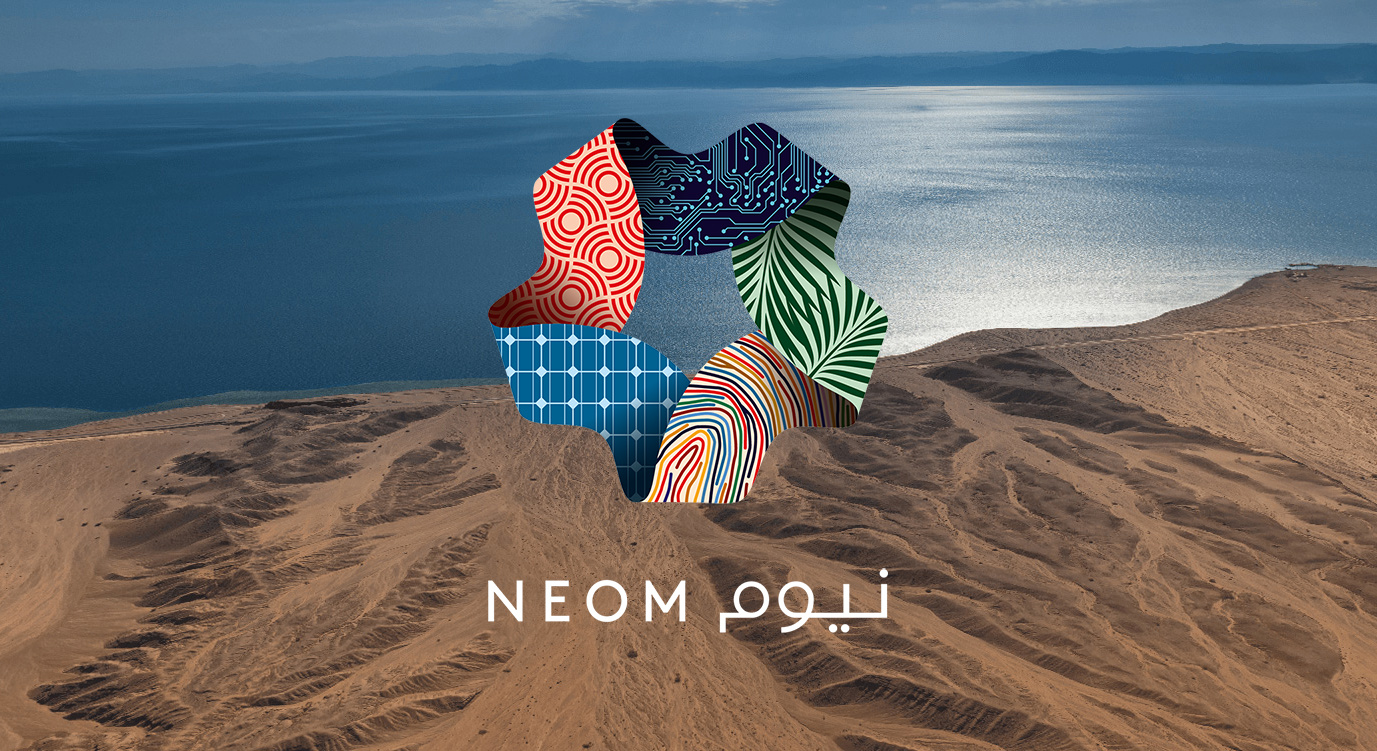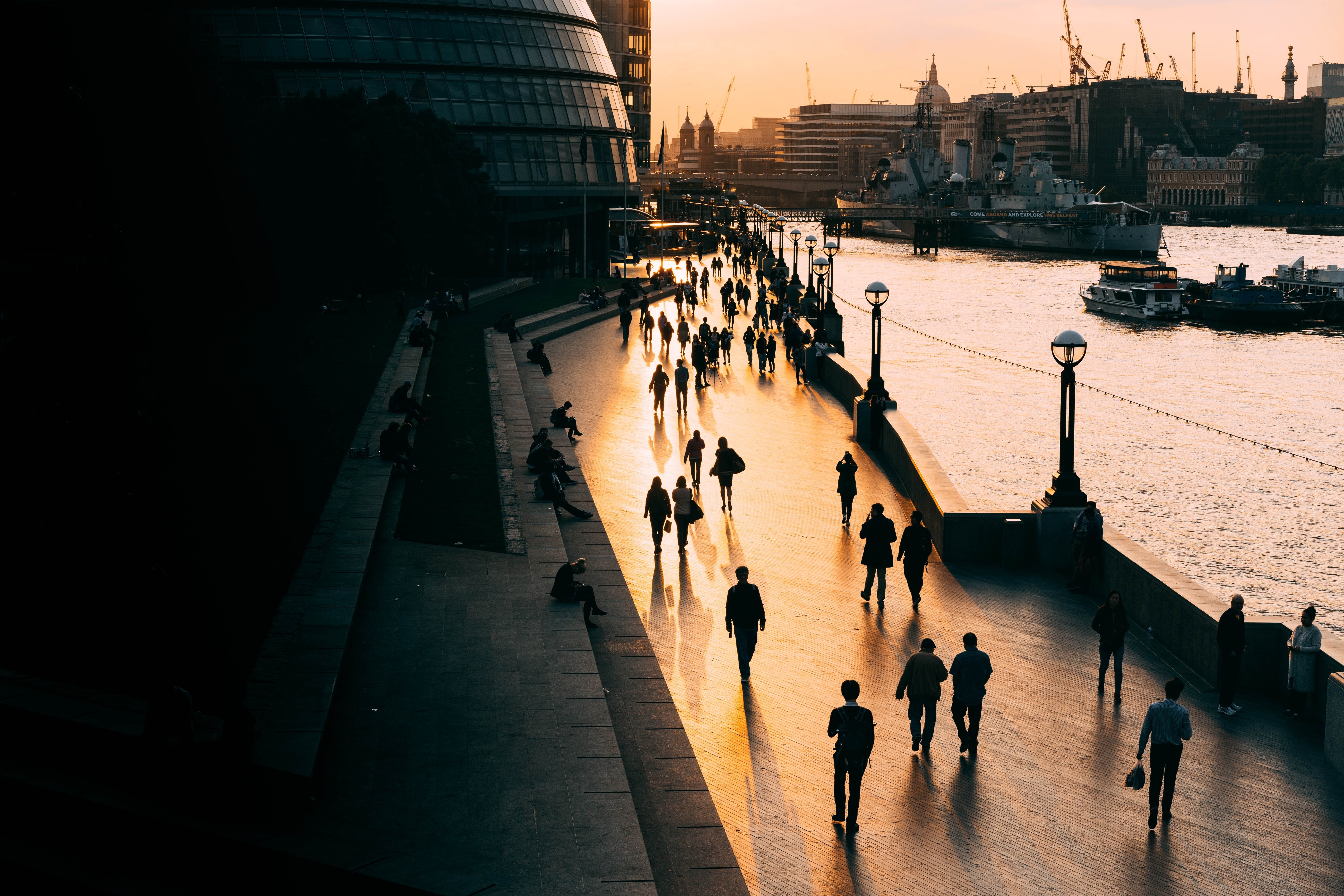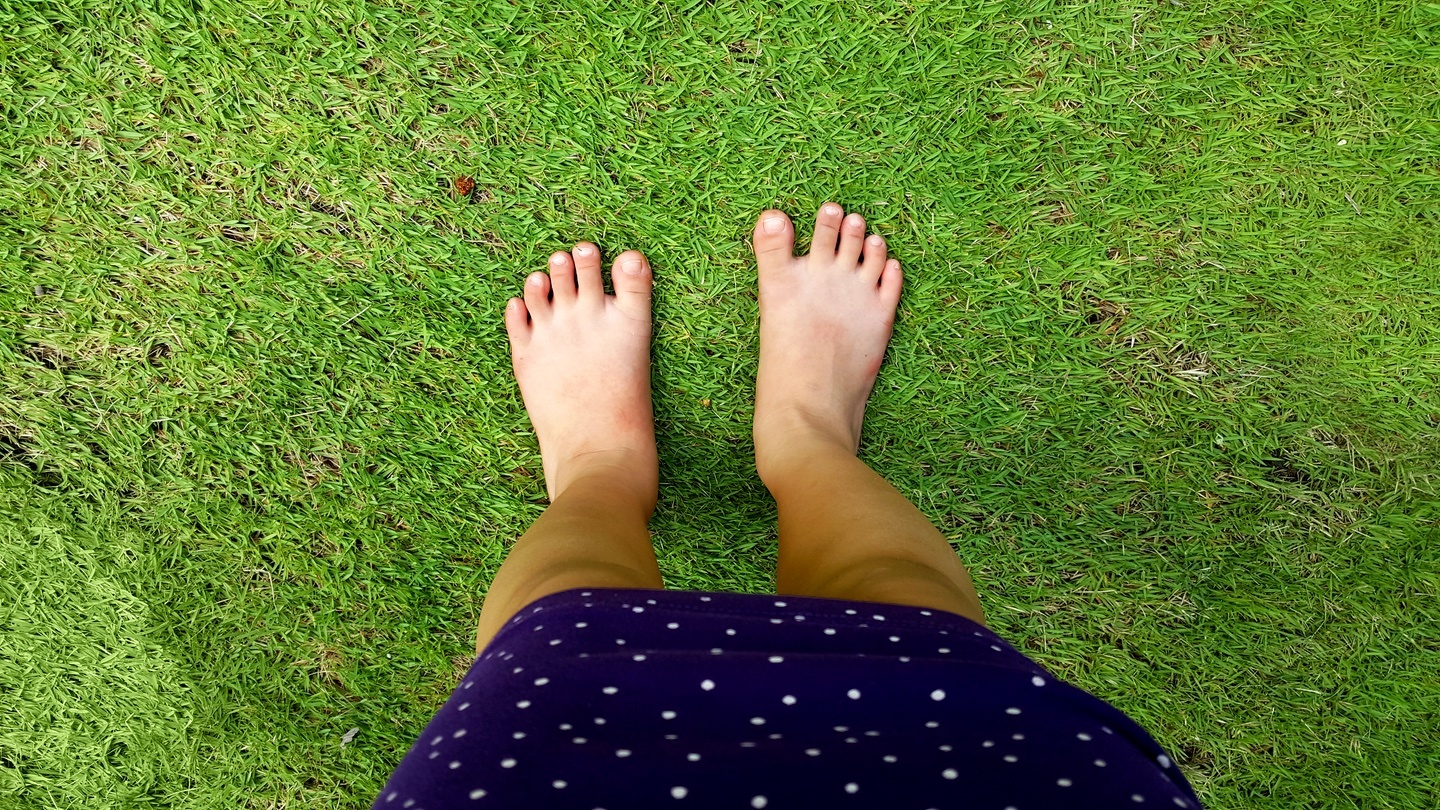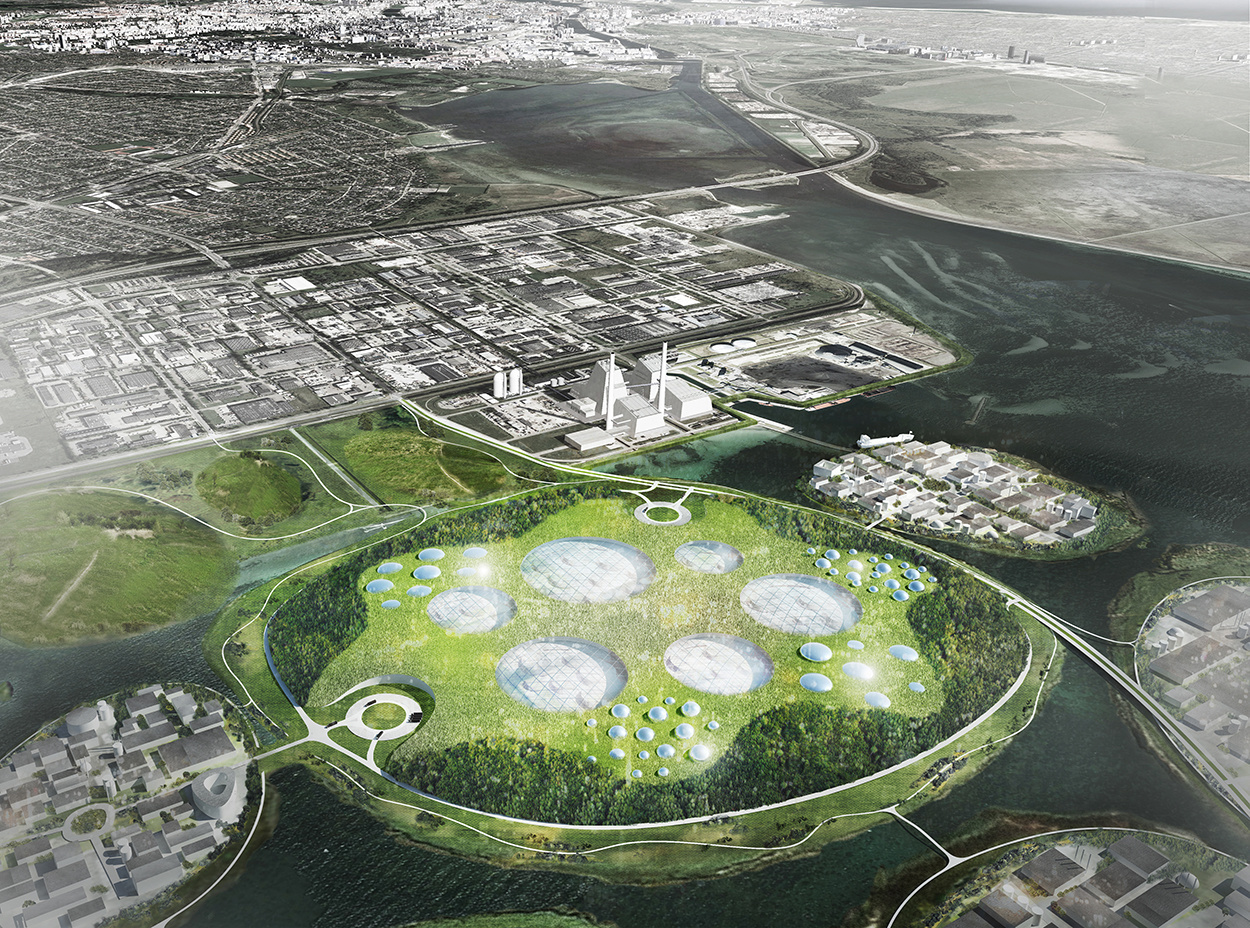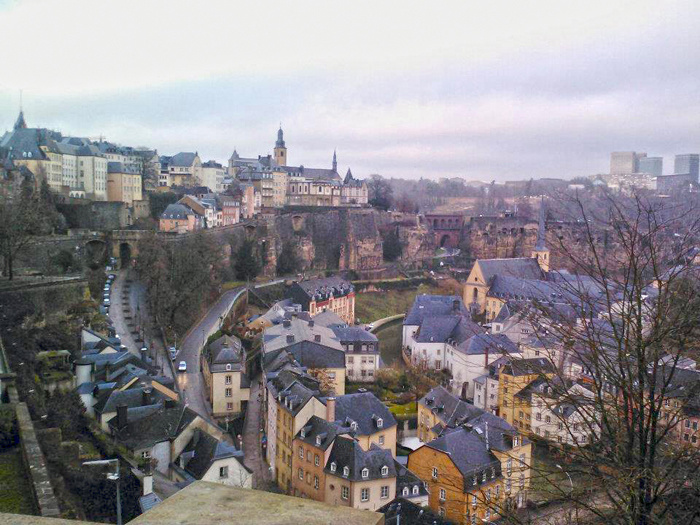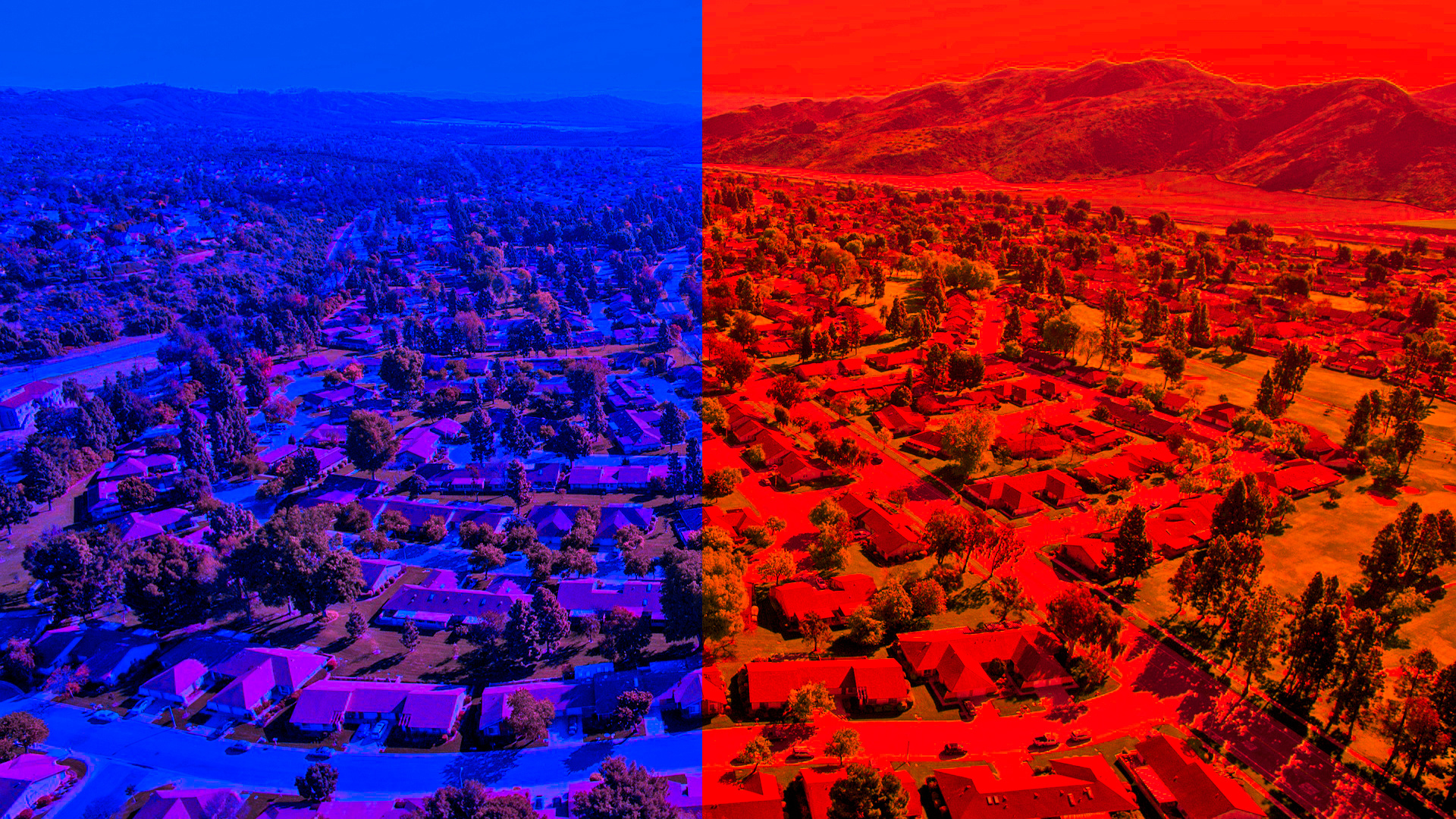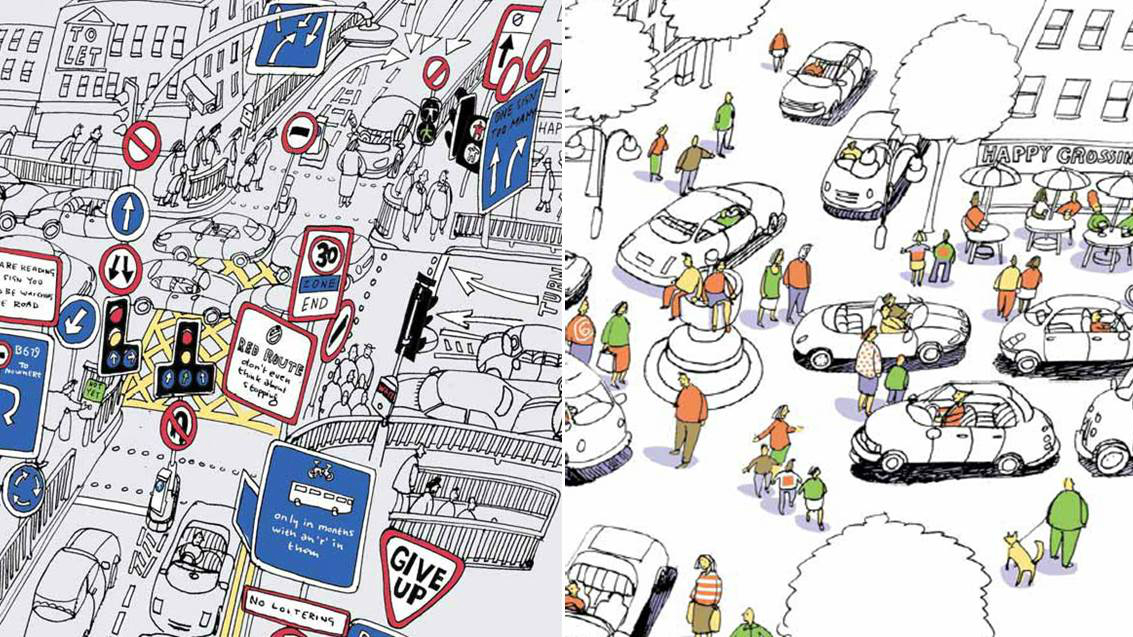urban planning
Ancient corridors below the French capital have served as its ossuary, playground, brewery, and perhaps soon, air conditioning.
In May 2018, the city of Paris set an ambition to be carbon-neutral by 2050.
The word “learning” opens up space for more people, places, and ideas.
▸
3 min
—
with
Ground-penetrating radar allows the non-invasive virtual excavation of Falerii Novi.
Gallup found that in 2019, movie attendance didn’t even come close to library visits.
An Italian firm has put forward an idea for a green city that would be completely self-sustaining, modern, and green.
Clusters of bot boats may offer cities dynamic solutions to rising waters.
How the half-hour commute and motorised transport changed our cities into huge metropolises.
Construction of the $500 billion dollar tech city-state of the future is moving ahead.
In cities, people tend to think of parks as dangerous.
Research finds that only 10% of cities worldwide are affordable.
Humans blame cats for killing birds, but our buildings are far worse.
As we urbanize, a new study flags the need for lots of green spaces.
It may create the conditions for further inequality.
People prefer to live in states that invest in life-easing amenities.
The new charge was announced in a tweet by the city’s mayor.
Luxembourg will offer the world’s first fare-free public transit system, but is there really such a thing as a free ride?
New research links urban planning and political polarization.
Future vacationing could be pretty different.
The Seattle tech magnate died from complications of non-Hodgkin’s lymphoma.
Hans Monderman believed that societies could make roads safer by making drivers more uncertain, and therefore alert.
